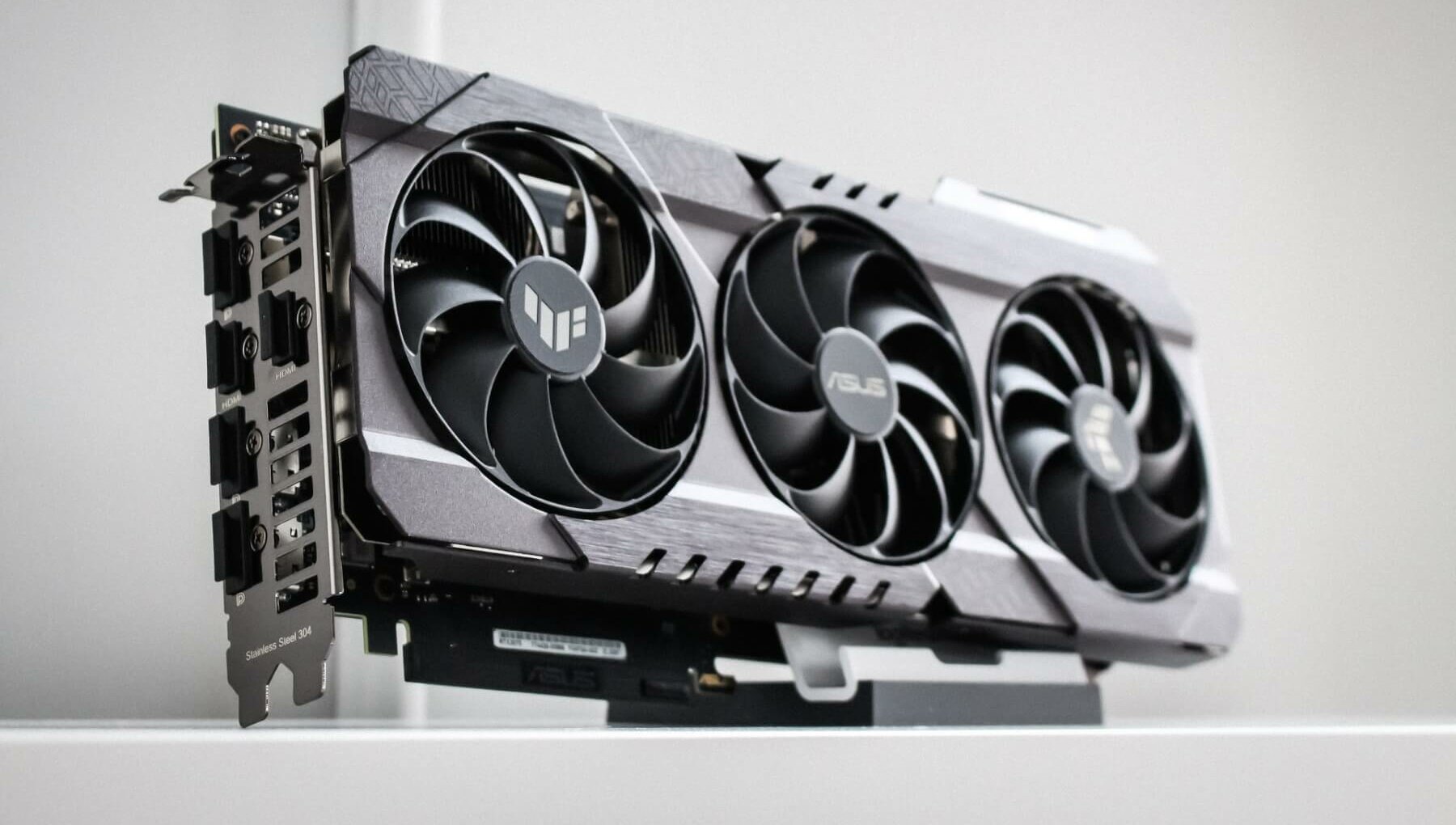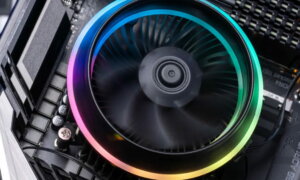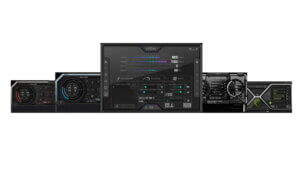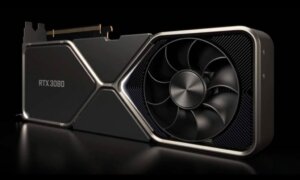Want to upgrade your gaming PC this year and wondering when the GPU prices might drop?
Buying a new GPU is high on everyone’s wishlist since 2020 but prices have steadily climbed, leaving the upgrade outside many’s budget.
So, when will GPU prices drop and what can you do in the meantime? Here is what the experts are saying.
Why Are GPU Prices So High in 2022?
It’s not that GPU prices are extremely high in 2022, it’s that they’ve increased steadily since 2021. Actually, if you are to look at some GPU prices index like the excellent guide Tom’s Hardware put together, you can see that some low-end and second-hand GPUs have actually dropped. At this point in time, at the end of 2022, buying a new graphics card can be affordable if you avoid the high-end options.
In part, the massive spike in the prices was caused by the pandemic which disrupted the supply chain. But there were more happenings to consider, including good old-fashioned greed, it seems.
First off, in many countries, throughout the lockdown, many people turned to gaming as an escape and decided they needed to upgrade their PCs. Others focused more on crypto mining, so GPUs suddenly sold like hot cakes. Add to this the inevitable scalpers and you can see why GPU prices are higher across the board. However, even GPU manufacturers took advantage of these circumstances to get record profits. Proof? In March 2022, Nvidia bragged about its rising GPU prices to their investors, pointing out that those who buy RTX 3000-series graphics cards are actually spending $300 more than the people who bought the previous generation’s high-end GPU. Not so good for us consumers, right?
Fortunately, the last couple of months have seen a slight decrease in Nvidia prices and, with AMD bringing in some welcomed competition, it might be tiome for an upgrade.
Also read: Should You Buy the New GeForce RTX 4090 or 4080? Short Summary on Performance, Specs and Pricing
When Will GPU Prices Drop?
The first signs of decline were easily observable in February and became even more obvious this March. Cards like the GeForce RTX 3080 dropped to $1,000 at some online retailers that – believe it or not – practice lower prices than even eBay.
That’s not to say eBay hasn’t felt the shift – prices of GPUs from prior generations have dropped by 12.5% in March. When you look at some GPUs individually, you’ll see they’ve dropped in average price by at least 9%.
To get an idea of where that puts you, the average eBay selling price for a GPU this spring was $983, down from $1,094 in January. When compared, AMD cards had a bigger price drop than Nvidia – 13% to 9%.
Cryptocurrency fluctuations definitely affected the GPU market but even as Bitcoins and Ethereum coins are recovering, mining profitability is still pretty low hence why GPUs should continue to go down in price.
Add to this the incoming batch of new graphic cards from AMD, Nvidia and Intel and you’ll likely see even more price drops as the companies are eager to get rid of existing inventory.
However, GPU prices fluctuating is still to be expected, especially during the holiday season. As many anticipated, Santa also brought some higher GPU prices, so November and December weren’t good months to finally put together that shiny new gaming PC. So, when should you get a new GPU?
Our bet would be January and February. Just like most consumer items, GPU prices tend to be much lower in the beginning of the year, when people’s budgets are depleted from all the holiday spending – and some people look to make some quick cash by selling their possessions. You might get lucky and see a MSRP GPU in stores or go even lower with a second-hand model on eBay or some forums.
Take a look at this chart put together by DigitalTrends and you’ll see a slight downwards trend for Nvidia GPU prices this year.
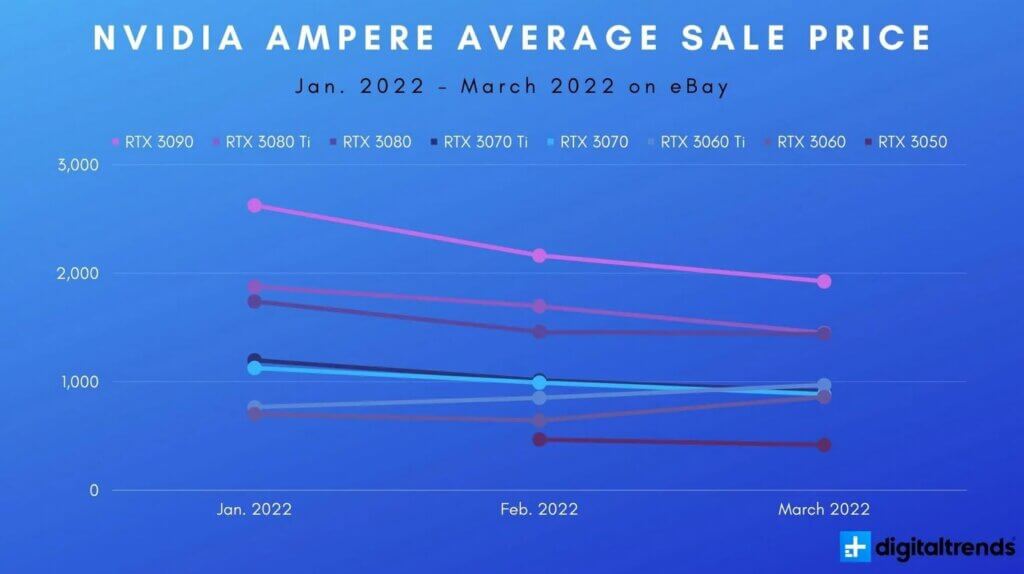
When Will the GPU Shortage End?
The good news for gamers is miners are losing interest in GPUs. While in 2021, a lot of GPUs went directly to mining farms, this year the existing volume on the market sold to individuals is increasing, showing that there is indeed supply.
How To Check What GPU You Have
Not sure what GPU your PC has? Here are a couple of ways to find that information easily and painlessly.
- From Windows’ Device Manager. Go to Start – Device Manager and click the drop-down menu near the Display adapters. You should see your GPU straightaway. To see the manufacturer, right click on it and the details should appear in Properties. Need the model number? To check that out unfortunately, you’ll have to get physical access to your graphics card and look at the sticker on the side.
- From Windows’ Task Manager. Press Ctrl + Alt + Del and choose Task Manager. Then, in the pop-up window, go to the Performance tab and select GPU. Here you’ll also see how you’re using the GPU and its current temperature.
- From Windows’ System. Go to Start – Settings and choose System. From there, select Display and Advanced display settings. At Display information you’ll see the graphics card you have installed as well as other metrics.
How to Overclock Your GPU
If you don’t want to wait until late spring – early summer 2023 to buy a new GPU, then you can overclock your current one.
By the way, buying a used graphics card isn’t the smartest move, even if it’s the cheapest. Well, not unless you realize the risks that come with it and you have a great understanding of the card you have and your commercially available options.
So how do you push your GPU to the max? How do you get maximum speed and better visuals from what you currently have?
You overclock it! This is a process relatively easy and safe nowadays that rarely will damage your hardware.
Here are the steps you need to take to overlock your GPU:
- First, benchmark your default performance. This will give you an idea of your starting point and help you understand what are the limits of your card in the end.
- Then, decide on an overclocking tool like MSI Afterburner or EVGAs Precision XOC or AMD Overdrive if you have an AMD card.
- Got it? Now, open it and increase the temp to the maximum and increase the power limit by, let’s say, 10% for some headroom.
- Go anywhere from + 5-50 Mhz to see if the overclocking works as it should. If you’re bold, choose +50Mhz.
- Now stress test the GPU – no artifacts? Great, you can proceed to the next step.
- Up the clock speed again and again, every time by 10Mhz, looking closely at the results you’re getting. Your game crashes or the laptop reboots? That’s the max your GPU can give. So…
- Reduce that number by 10Mhz.
- Now work on the memory – overclock it between 10-15% to really up the performance you’re getting.
- Hit a limit? Check your temp and power limit to reach the max this baby can give you. Then test again. Remember, the maximum overclock varies from graphic card to graphic card, so do a quick Google search with your GPU model and add “overclocking” as a keyword to see what others are doing.
Nvidia GeForce RTX 4090 Lovelace Leak Says Card Is “Twice As Powerful As RTX 3090”
Samsung Galaxy S22 Phones, First To Come With an AMD Ray Tracing GPU
Follow TechTheLead on Google News to get the news first.

